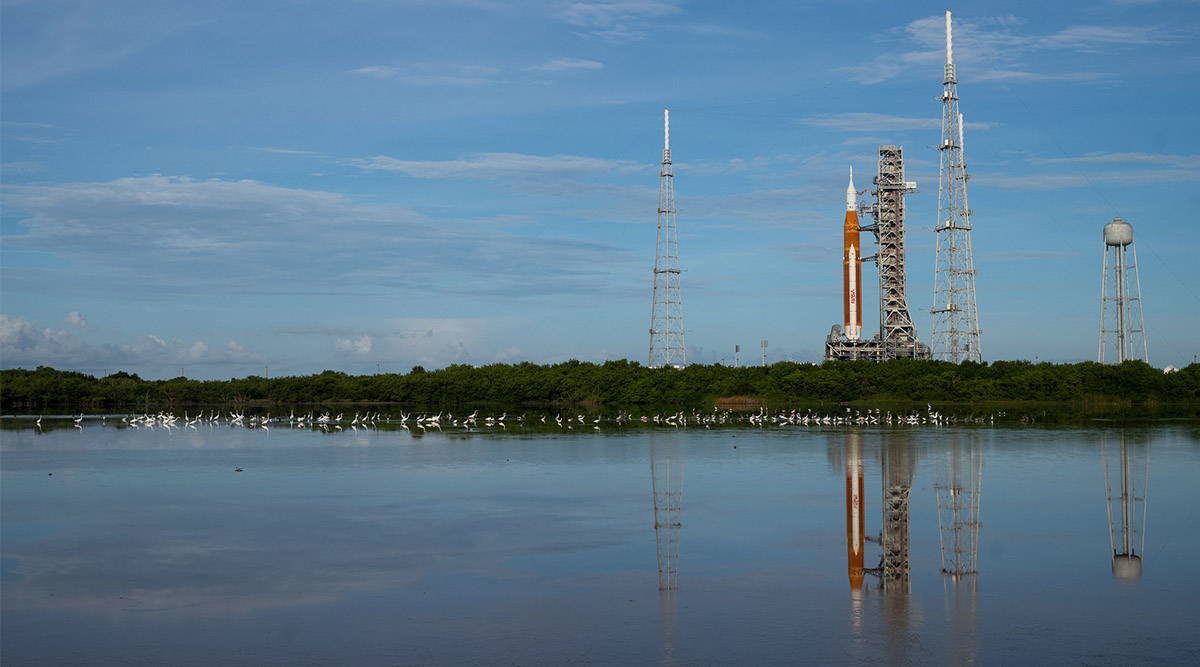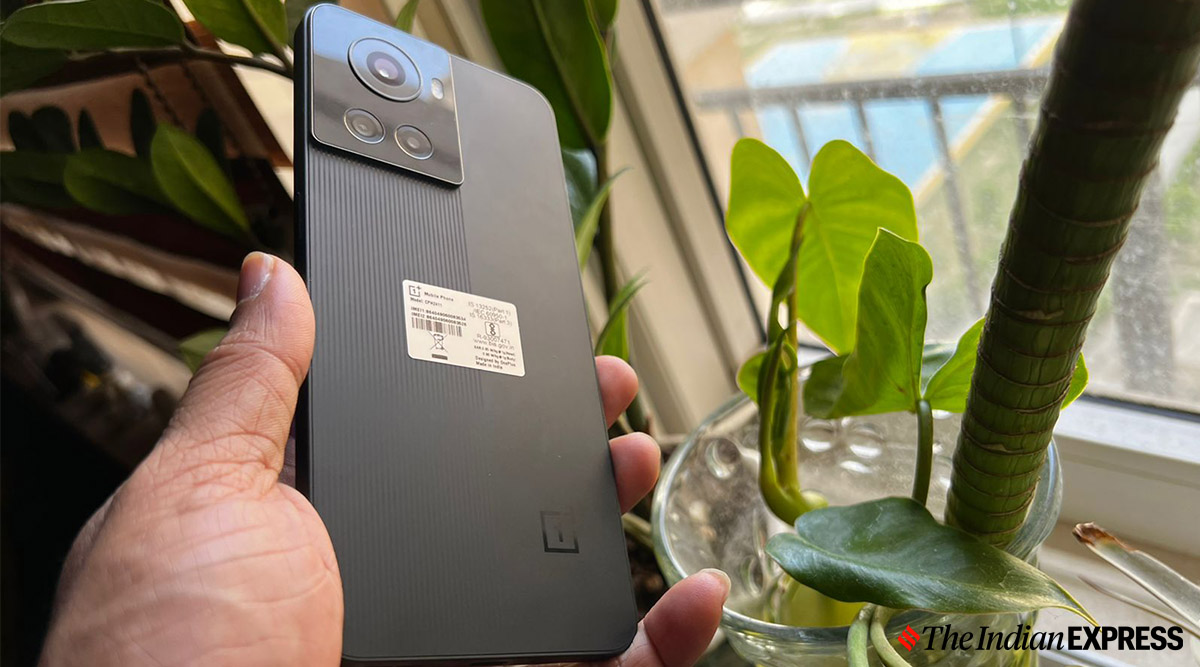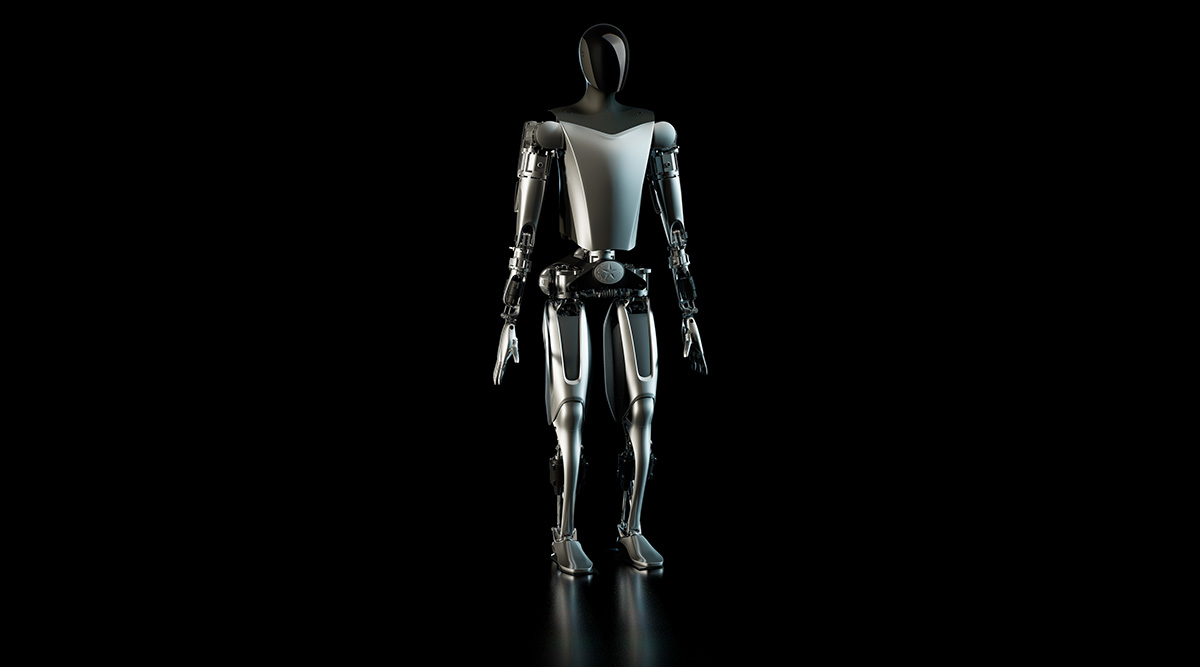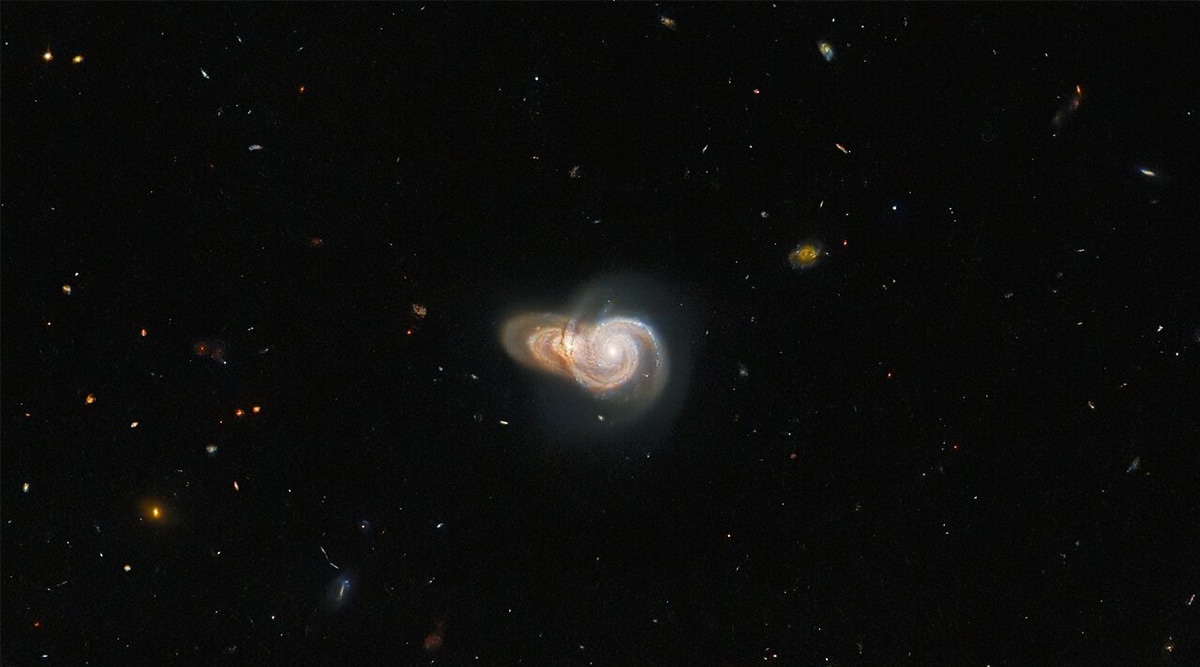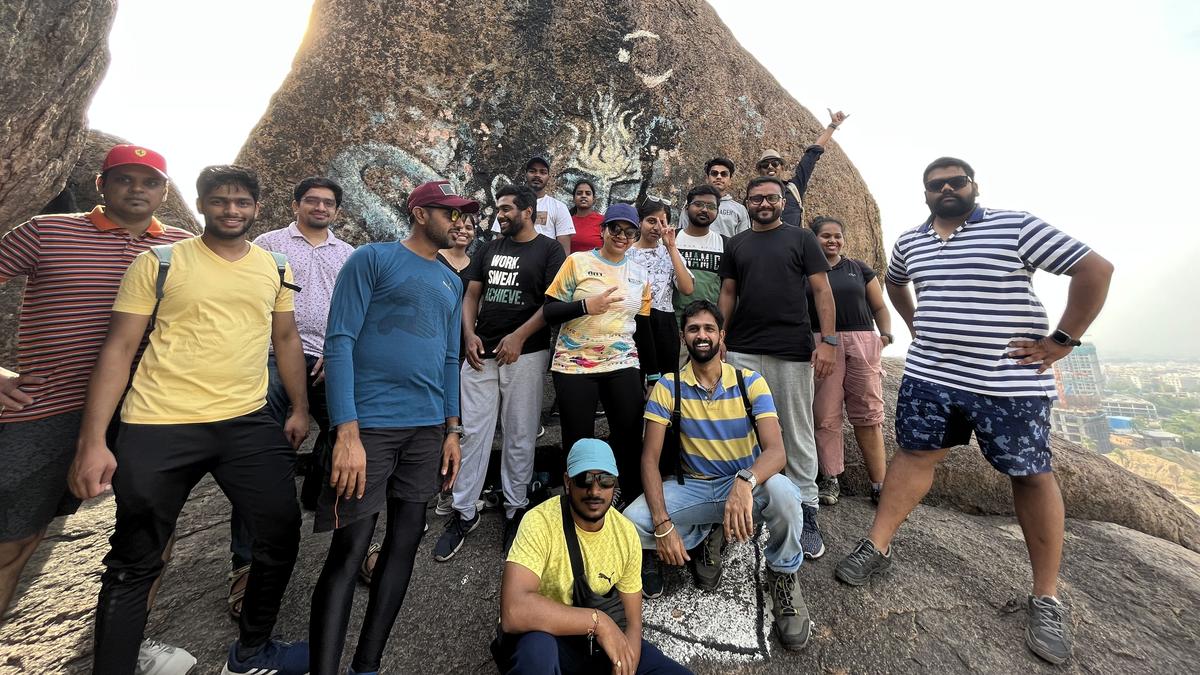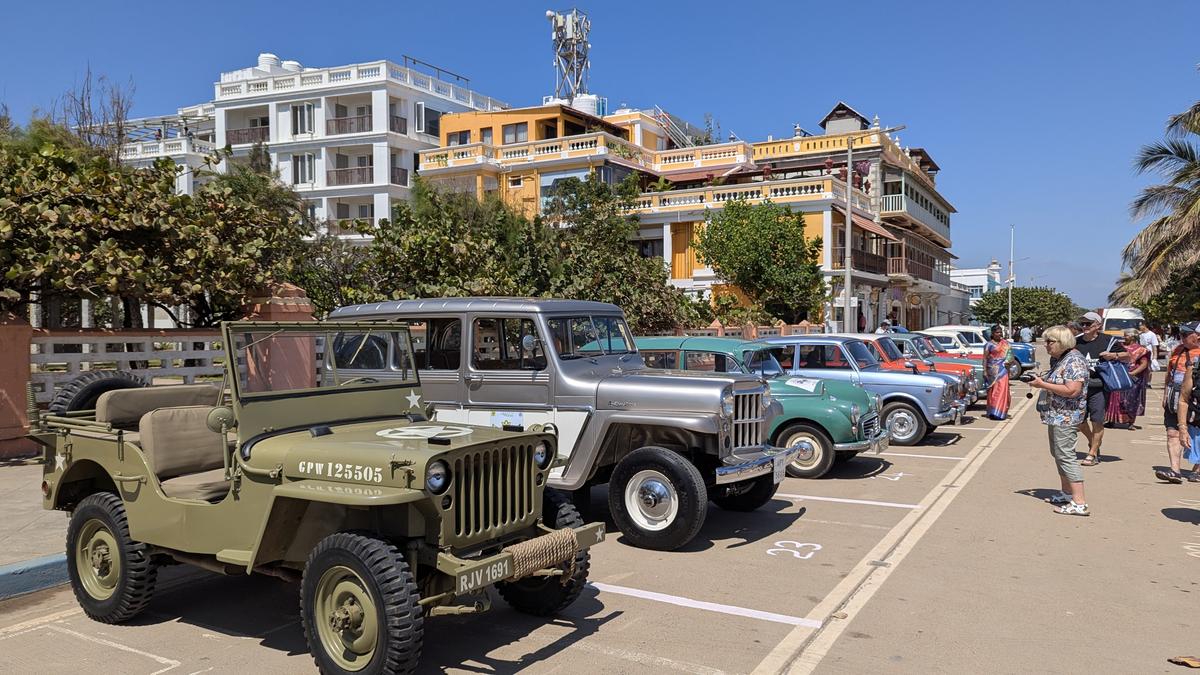NASA’s Artemis 1 mission, scheduled to launch on September 27 after two failed launch attempts, will carry Arabidopsis thaliana (Thale cress) seeds into space to help scientists understand the impact of spaceflight beyond the Van Allen radiation belt on amino acids. “Space crops” grown from such seeds could potentially help supply a proportion of the crew’s dietary requirements during future long-term crewed missions.
This research aboard #Artemis I could help researchers identify & develop nutritious space crops! Dr. Federica Brandizzi, who led this study, explains what studying plant seeds flown in deep space could mean for space exploration and life on Earth. https://t.co/PJE48dvy0T pic.twitter.com/H1yEzrBVOM
— NASA Space Science (@NASASpaceSci) September 14, 2022
NASA will send seeds with elevated branched-chain amino acids (BCAAs) levels on the Orion spacecraft. These BCAAs are essential nutrients for plants and animals and the experiment will help scientists gain knowledge about how to remedy the negative impact that the space environment on seeds. Human cells can synthesise some amino acids but essential amino acids, like BCAAs, can only be obtained through our diet. BCAAs contribute directly to both plant growth and human nutrition.
 NASA’s Artemis 1 mission will carry vials and conical tubes containing Arabidopsis thaliana seeds with increased levels of essential amino acids (omr1, ipms1, and ahass2) and background control WT (Col-0). (Image credit: NASA)
NASA’s Artemis 1 mission will carry vials and conical tubes containing Arabidopsis thaliana seeds with increased levels of essential amino acids (omr1, ipms1, and ahass2) and background control WT (Col-0). (Image credit: NASA)
NASA’s experiment, called “Life Beyond Earth: Effect of Space Flight on Seeds with Improved Nutritional Value,” will provide knowledge that can help improve practices for plant selection and seed transportation during future deep-space exploration missions.
As seeds sprout, they use their stored nutrient reserves to grow and develop till the seedling can reach sunlight and start producing its own nutrients. Going to space can potentially drain these nutrient reserves. Scientists propose that the seeds with increased BCAA levels will better endure the stress and produce healthy seedlings, making them more appropriate for usage in spaceflight to grow space crops. Arabidopsis thaliana seeds are convenient for this purpose because their small size allows for many specimens to be carried in one container.
!function(f,b,e,v,n,t,s)
{if(f.fbq)return;n=f.fbq=function(){n.callMethod?
n.callMethod.apply(n,arguments):n.queue.push(arguments)};
if(!f._fbq)f._fbq=n;n.push=n;n.loaded=!0;n.version=’2.0′;
n.queue=[];t=b.createElement(e);t.async=!0;
t.src=v;s=b.getElementsByTagName(e)[0];
s.parentNode.insertBefore(t,s)}(window, document,’script’,
‘https://connect.facebook.net/en_US/fbevents.js’);
fbq(‘init’, ‘444470064056909’);
fbq(‘track’, ‘PageView’);


